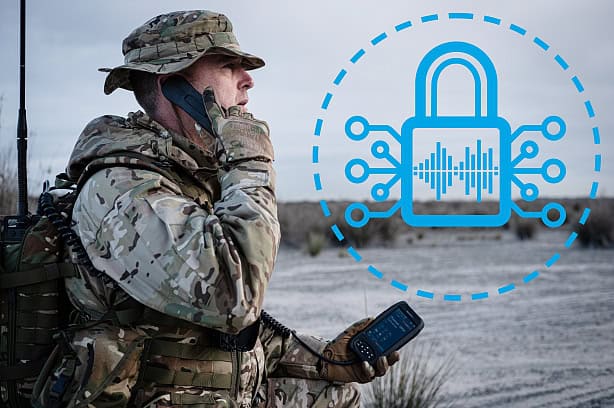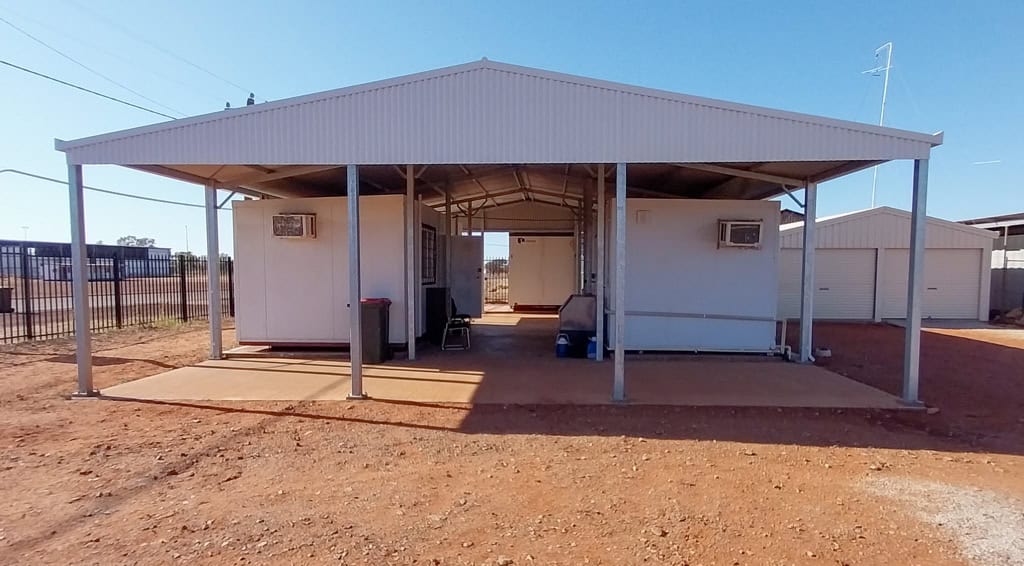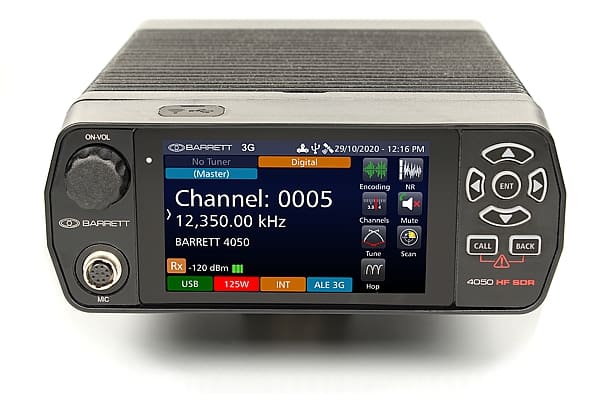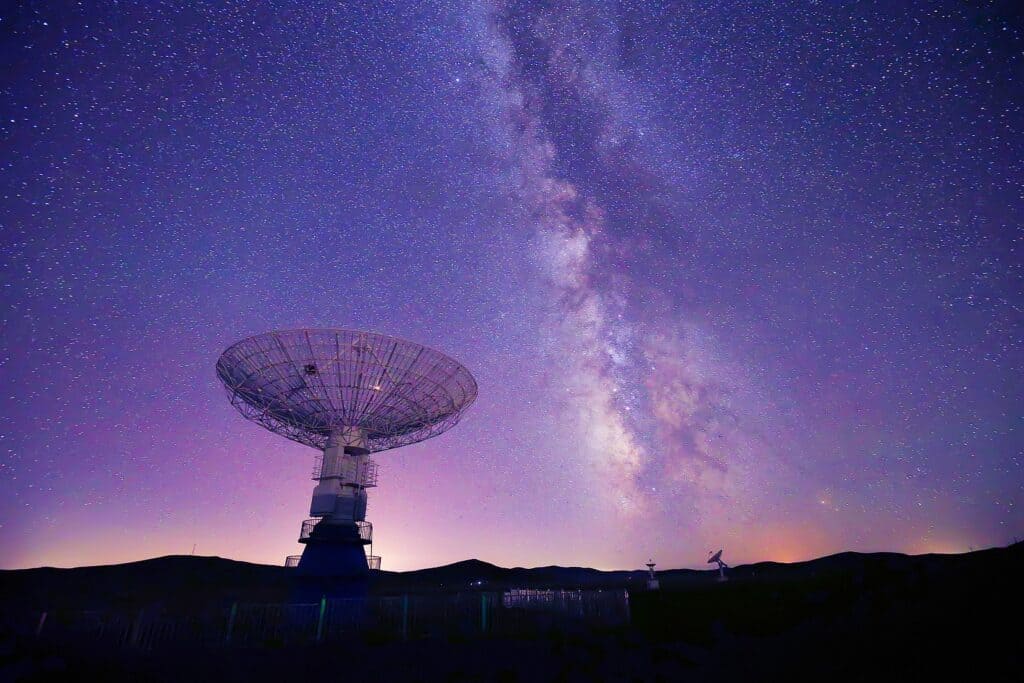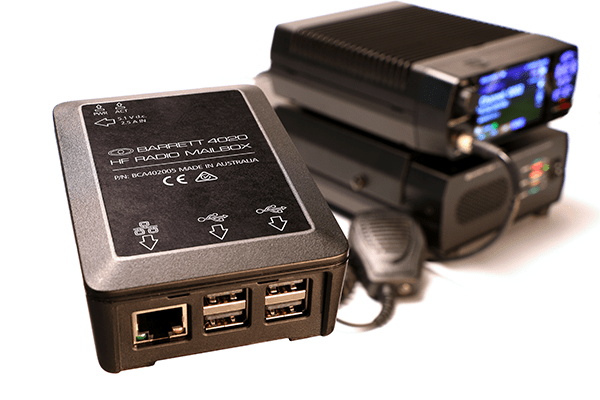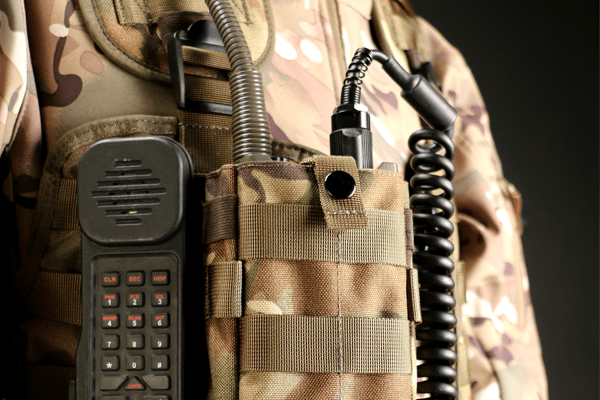Does solar wind have an effect on HF radio propagation?
Does solar wind have an effect on HF radio propagation?
Solar wind can play a massive role in disrupting the communications ability of satellites and power grids, causing dips, power surges and even total blackouts. This is undoubtedly a nightmare scenario for operators who need to communicate over long distances. But does solar wind have the same effect on mediums such as HF radio signal propagation?
What is solar wind?
The sun is constantly emitting a stream of charged atomic particles into space. Due to their constant ‘flow’, these charged particle groups are called solar wind.
Solar wind is released from the sun’s coronal layer (the outermost part of the star’s atmosphere) by events like Coronal Mass Ejections (CMEs) or Coronal Holes.
CMEs occur when a build up of coronal layer gases burst into space, while Coronal Holes are open, unipolar magnetic fields that allow solar wind particles to more easily escape the sun’s atmosphere at higher speeds.
What is solar wind’s effect on communication tools?
Solar wind, if emitted from the sun in the direction of Earth, interacts with elements of our atmosphere and the planet’s magnetic fields. This causes events such as the spectacular aurora lights seen in both equatorial hemispheres – but it can also wreak havoc on communications infrastructure.
Disturbing the Earth’s electromagnetic field distorts satellite signal transmission, which can affect everything from television to phone connections. Severe solar wind can also affect power grids, causing fluctuations and blackouts.
For operators in the critical and tactical sector, downed communications isn’t an option. Lives may literally be on the line, and with no ability to control the effects of solar wind, these field situations rely on comms tools that can still facilitate reliable communications.
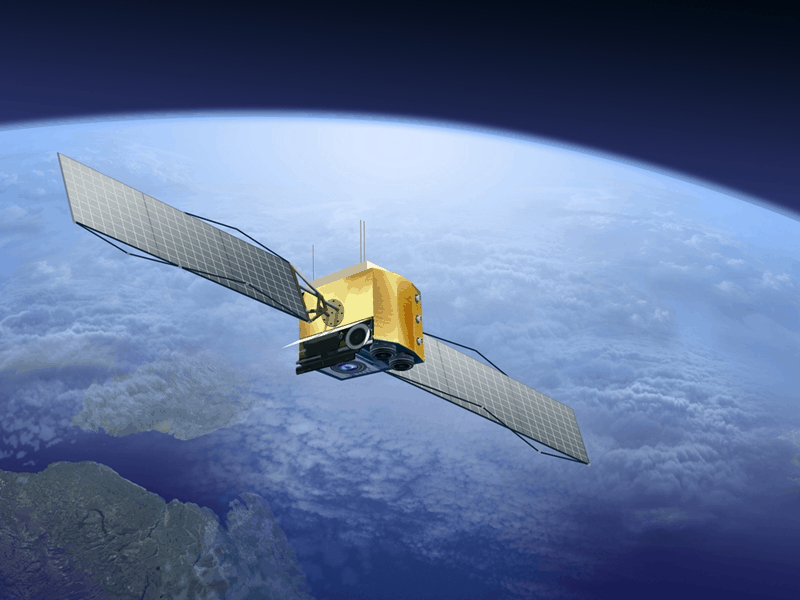
Does solar wind affect HF radio frequencies?
The reliability of HF radio stems from being independent of conventional communications infrastructure. Long distance HF radio propagation relies on ionospheric reflection to function, which is what makes it such a dependable and economic contingency option.
Solar wind has a negative effect on HF radio propagation too by severely interfering with the Earth’s ionosphere. HF radio signals become absorbed rather than reflected in the highly ionised ionosphere, resulting in fading and even total loss of signal at the receiver. HF radio blackout associated with solar winds occurs on the dayside region of Earth and is most intense when the sun is directly overhead.
But, while there is no way of counteracting the negative effects of solar wind, it seldom affects HF radio frequencies below 10MHz so it’s possible to minimise communication blackout with careful frequency selection by using high-quality radio equipment.
Barrett’s range is designed for continuous communications under harsh conditions – interoperability plays an important role in building complete communications systems. This means operators can interoperate between radio devices over both the HF and VHF frequency bands seamlessly, meaning your communications will never be totally compromised. For more information on our resilient HF and VHF radios, contact the Barrett team.

